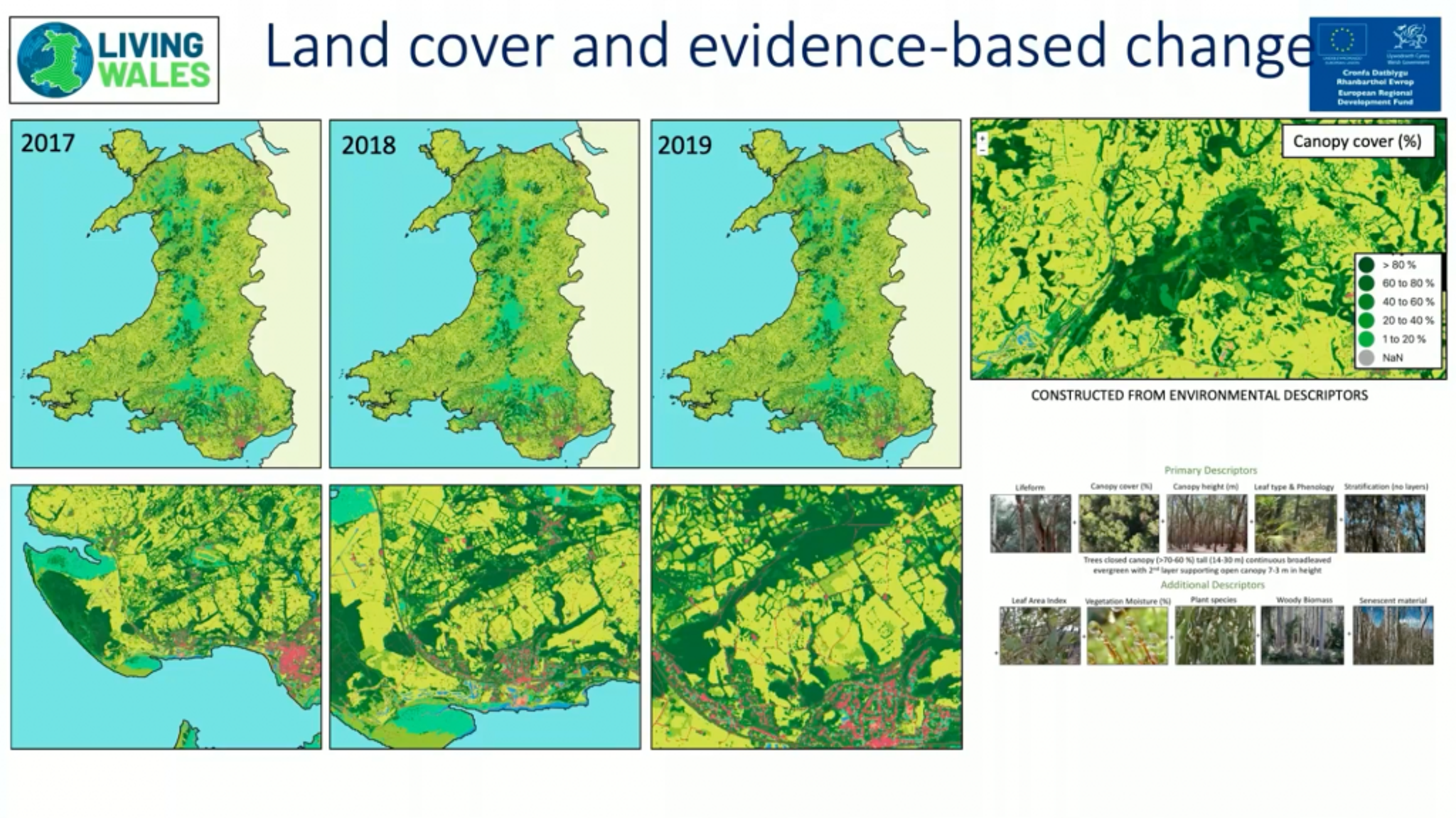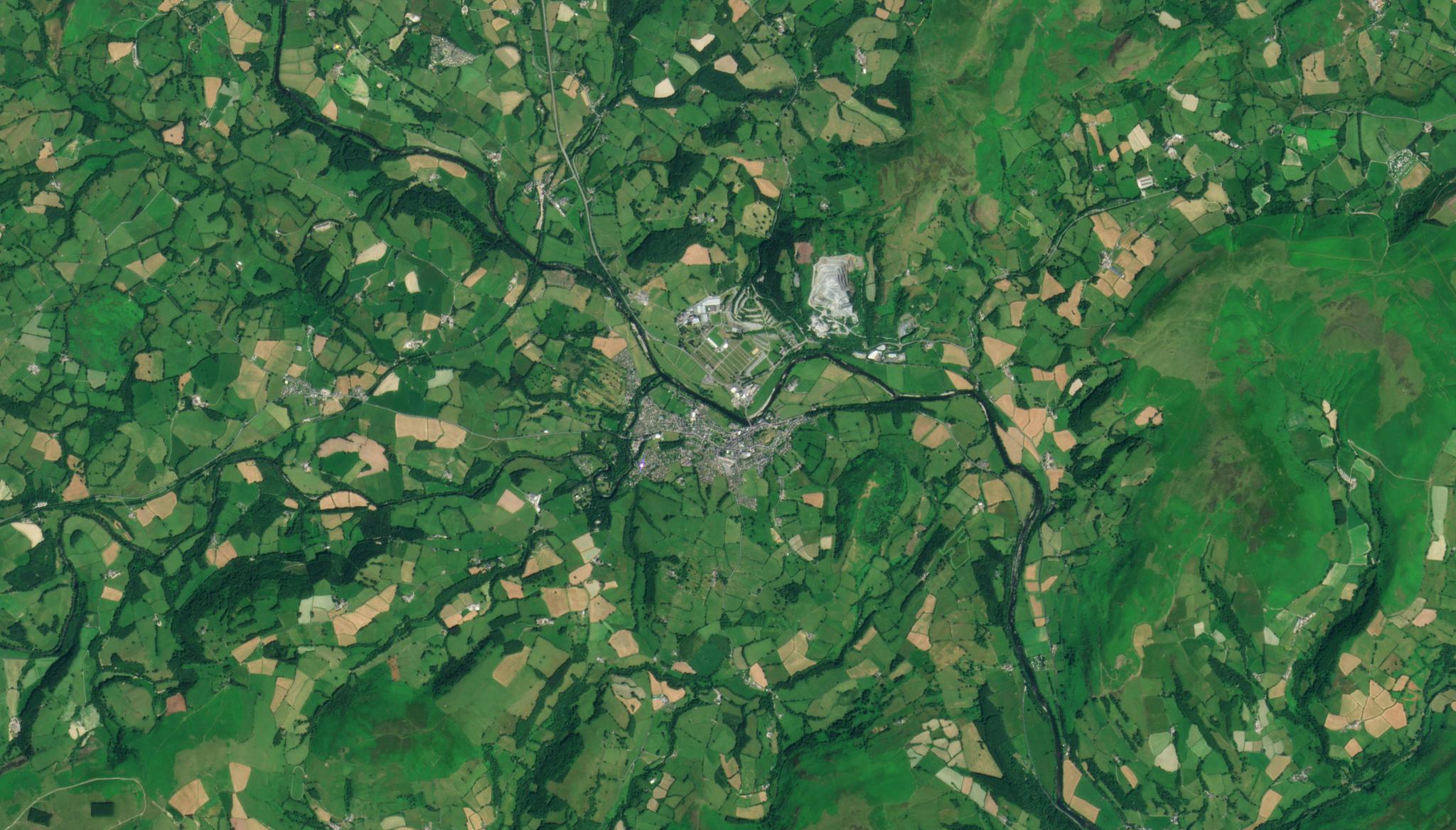How Earth Observation Data Can Support the Greening of Agricultural Policies in Europe
“You need Earth observation data to understand how our past activities and natural events and processes have shaped the landscapes we see today, but also to plan the future landscape to meet the needs not only of the current generation, but also those that follow.” - Richard Lucas, Aberystwyth University
As the EU aims for climate neutrality in agriculture and land use by 2035, as well as becoming the first climate-neutral continent by 2050, the “greening” of agriculture becomes a top priority. Because more than one-third of all global emissions are related to the food system, the EU must transform agricultural policy for greater sustainability. Earth observation data can play a crucial role in this transformation to meet the EU’s ambitious targets.
At our recent Explore 2021 conference, Tamme Van Der Waal, director and innovation strategist at BioScope, spoke with two sustainable agriculture experts: Christine Müller, policy officer at the Directorate-General for Climate Action of the European Commission, and Richard Lucas, Sêr Cymru research chair in Earth observation at Aberystwyth University in Wales.
Müller and Lucas shared their perspectives on Earth observation (EO) as an essential tool for greening agricultural policy. Through EO data, policymakers can better understand land composition and use, design appropriate objectives for greening policy, and assess progress towards goals.
How Earth observation supports policy objectives
Satellite data is an essential tool for agricultural policy inside and outside of the EU, as it enables monitoring of greening measures. More importantly, satellite data plays a vital role in visualization for planning, simulations, and the design of agricultural policy to achieve desired outcomes.
As the EU shifts to support carbon farming, which encourages practices that improve the rate at which CO2 is removed from the atmosphere, EO plays an instrumental role.
“Earth observation is indeed an essential prerequisite to ensure a consistent representation of land and identify changes in land use, which are so important for our greenhouse gas inventories,” Müller said. “We use these inventories as background for policy-making, and also for compliance checks that we’ve achieved our targets.”
The Welsh government provides a pioneering case study of how EO, specifically Planet data, can support the development of green agricultural policies.
Earth observation in action: Living Wales
Living Wales, a research project sponsored by the Welsh government, relies on insights from Planet's historical and real-time Earth observation data to model future landscape scenarios and monitor progress against them. This data informs Wales’ land policy design, improves confidence in greening measures, and enables close monitoring and assessment of policy impact over time.
Land cover maps are key to this comprehensive understanding, and environmental descriptors—for example, crop type, foliar chemistry, leaf air index, and many others—are the building blocks for creating these maps. Earth observation allows for retrieving these descriptors, and as Lucas explained, Planet data is useful for optical descriptors at high-spatial resolution and temporal frequencies.

Image of land cover and evidence-based change provided by Living Wales.
Lucas and his team evaluate how different scenarios impact land use with EO. They start by monitoring land cover by assigning environmental descriptors, using that data as well as historical data to predict future landscapes. In the process, the team generates future land cover maps, monitors progress toward climate goals, and adapts goals as needed over time.
At each stage, the Earth observation team evaluates the economic values of landscapes—that is, the implications of moving towards local food production and supply, or the contributions of ecosystems to mitigation of greenhouse gas emissions and restoration of biodiversity.
Leading by example for the land’s well-being
Success in greening agriculture requires a guiding vision. Living Wales’ framework is being adopted as a national approach to land monitoring, providing national, international, and individual leaders with a working blueprint for a proactive, collaborative, and transparent approach.
The approach is also quantitative and is being developed for use in environmental and economic accounts, both in Wales and internationally. People with diverse and relevant skills and knowledge have been and will continue to be fundamental to the transformation process—as is Planet data, which is being used alongside Living Wales at every stage.
“In our transformational work, Earth observation supports us in the processes of strategy and vision building, guidance formulation to our member states and stakeholders, and translation of aggregate targets into desirable futures,” Müller said. “EO also supports regional opportunities for change and targeted direction of climate finance and local support, motivating change on the ground and making it possible.”
In its aim to achieve climate neutrality by 2035, Living Wales contributes to policy transformation that ensures the well-being of both people and nature. By using Planet data, Wales has successfully transitioned from maps to proactive and positive action.
“You need Earth observation data to understand how our past activities and natural events and processes have shaped the landscapes we see today,” Lucas said, “but also to plan the future landscape to meet the needs not only of the current generation, but also those that follow.”
Are you interested in how EO data can help empower the sustainable agriculture revolution? Learn how Planet is supporting the remote sensing management of the EU’s Common Agricultural Policy (CAP) in this webinar. Watch now.

Ready to Get Started
Connect with a member of our Sales team. We'll help you find the right products and pricing for your needs


